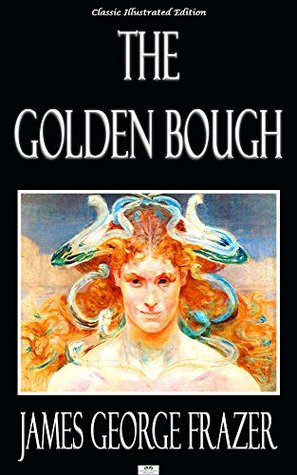More on this book
Community
Kindle Notes & Highlights
on the crucial question of the practice of putting kings to death either at the end of a fixed period or whenever their health and strength began to fail, the body of evidence which points to the wide prevalence of such a custom has been considerably augmented in the interval.
mediaeval kingdom of the Khazars in Southern Russia,
Among them the most notable perhaps is the custom formerly observed in Bunyoro of choosing every year from a particular clan a mock king, who was supposed to incarnate the late king, cohabited with his widows at his temple-tomb, and after reigning for a week was strangled.[2]
Assyrian inscriptions,[3] which seem to confirm the interpretation which I formerly gave of the festival as a New Year celebration and the parent of the Jewish festival of Purim.[4]
the fear of the human dead, which, on the whole, I believe to have been probably the most powerful force in the making of primitive religion.
Clearly they belong to that large class of myths which are made up to explain the origin of a religious ritual and have no other foundation than the resemblance, real or imaginary, which may be traced between it and some foreign ritual.
The real value of such tales is that they serve to illustrate the nature of the worship by providing a standard with which to compare it; and further, that they bear witness indirectly to its venerable age by showing that the true origin was lost in the mists of a fabulous antiquity.


